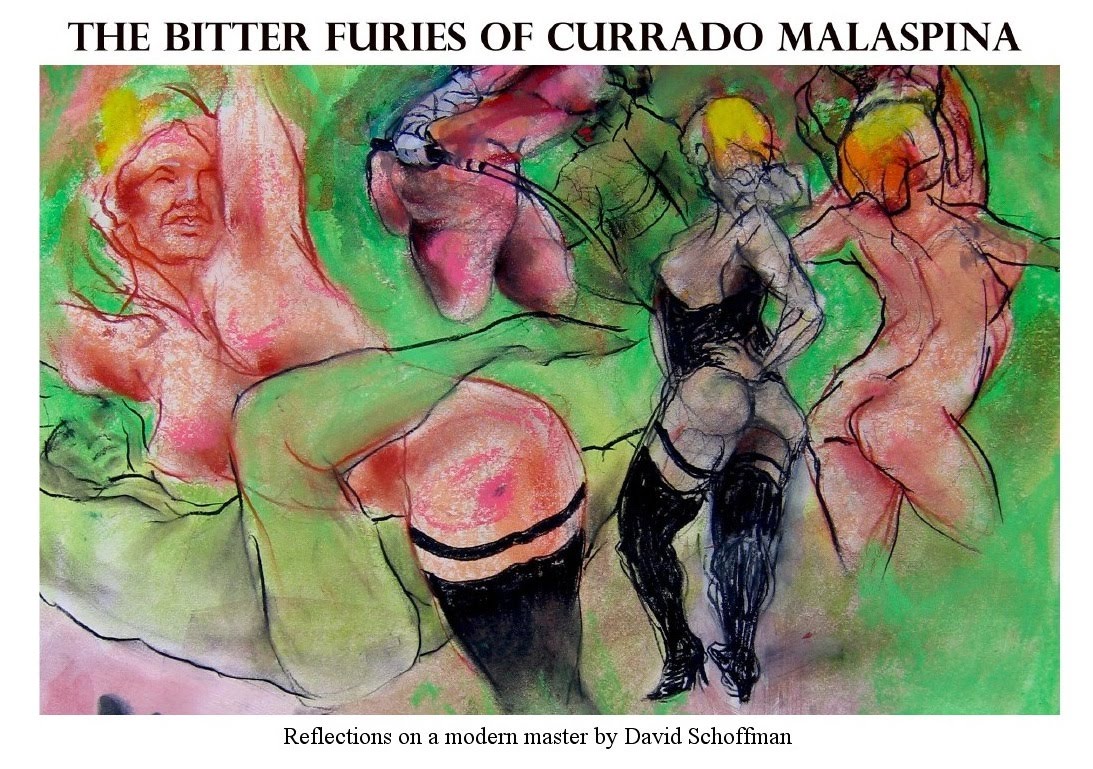It's as if the years haven't touched him.
Everything about my good friend Currado Malaspina speaks to his undying
naïveté. It's as if life's cruel hypocrisies have evaded his comprehension. Like a child, he trusts that whatever ill besets his world will self-correct, like a weighted scale or a waterfall. His raw, artless demeanor is defenseless against the agents of rancor and when his kindness is answered with callousness he remains inoculated from every slight.
naïveté. It's as if life's cruel hypocrisies have evaded his comprehension. Like a child, he trusts that whatever ill besets his world will self-correct, like a weighted scale or a waterfall. His raw, artless demeanor is defenseless against the agents of rancor and when his kindness is answered with callousness he remains inoculated from every slight.
How can one live like that, you may reasonably ask.
Alone, aloft and oblivious.
 |
| Início do Recluso, Portugal |
As he grows older my friend Currado spends more and more of his time reading and writing in his small cottage in the Sitio neighborhood of Nazaré. This lovely coastal village, about 120 kilometers north of Lisbon is the perfect place for a Myshkin like Malaspina.
Far from the belligerent tohu and bohu of the 6ème, the Saint-Germain-des-Prés neighborhood where Currado has lived for nearly forty years, and equally distant from the opera buffa that has characterized French politics for the past decade and a half, Nazaré is the perfect place to maintain the quixotic hope that in the end 'everything will be alright.'
But there's a cost to his willful nonchalance. Leaving his legacy in the trust of those who see Malaspina more as a brand than as a genius is a foolish and risky gambit. If one decides to stand aloof, a sordid cast of wretched indignities may rain upon a man of honor like confetti. There is no limit to the small humiliations a visionary might suffer at the hands of the unwashed circus barkers and trinket peddlers.
Even if it is Mis en bouteille au château.
Far from the belligerent tohu and bohu of the 6ème, the Saint-Germain-des-Prés neighborhood where Currado has lived for nearly forty years, and equally distant from the opera buffa that has characterized French politics for the past decade and a half, Nazaré is the perfect place to maintain the quixotic hope that in the end 'everything will be alright.'
But there's a cost to his willful nonchalance. Leaving his legacy in the trust of those who see Malaspina more as a brand than as a genius is a foolish and risky gambit. If one decides to stand aloof, a sordid cast of wretched indignities may rain upon a man of honor like confetti. There is no limit to the small humiliations a visionary might suffer at the hands of the unwashed circus barkers and trinket peddlers.
Even if it is Mis en bouteille au château.

































.jpg)
















